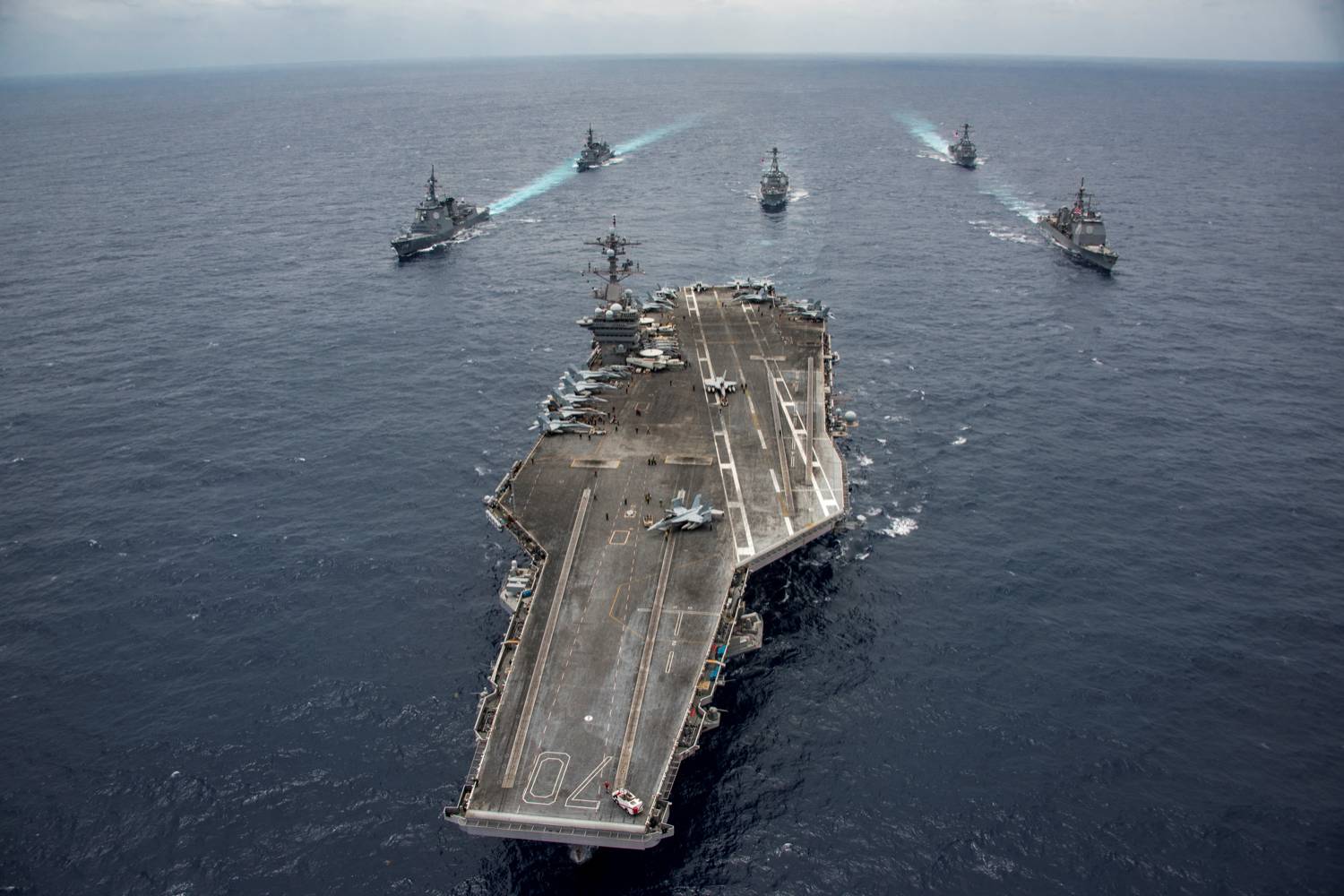Last month, the U.S. Navy deployed a strike force that included the aircraft carriers Nimitz and Ronald Reagan to the South China Sea for exercises. In an official statement, U.S. Secretary of State Mike Pompeo said: “The world will not allow Beijing to treat the South China Sea as its maritime empire.”
This past March, the rapidly spreading coronavirus reached the aircraft carrier Theodore Roosevelt, ultimately infecting more than 1,000 of the 4,800 personnel on board. The Theodore Roosevelt was forced to dock in Guam for almost two months (while the crew remained in quarantine), opening up a power vacuum across the East and South China Seas. China seized upon this opportunity to dramatically increase its strategic maneuvering in the regions. In April, China unilaterally announced the establishment of new administrative structures in the vast South China Sea. In June, Chinese military aircraft deliberately breached Taiwan’s air defense identification zone on four consecutive days. China also dispatched the aircraft carrier Liaoning to the Taiwan Strait. Meanwhile, July 23 marked the 100th day of consecutive incursions by Chinese government vessels into the waters surrounding the disputed Senkaku Islands.
The U.S. recognizes the need to counter China's moves, and is starting to signal that it will not sit back and allow such offensive actions to continue unchallenged.
















With your current subscription plan you can comment on stories. However, before writing your first comment, please create a display name in the Profile section of your subscriber account page.